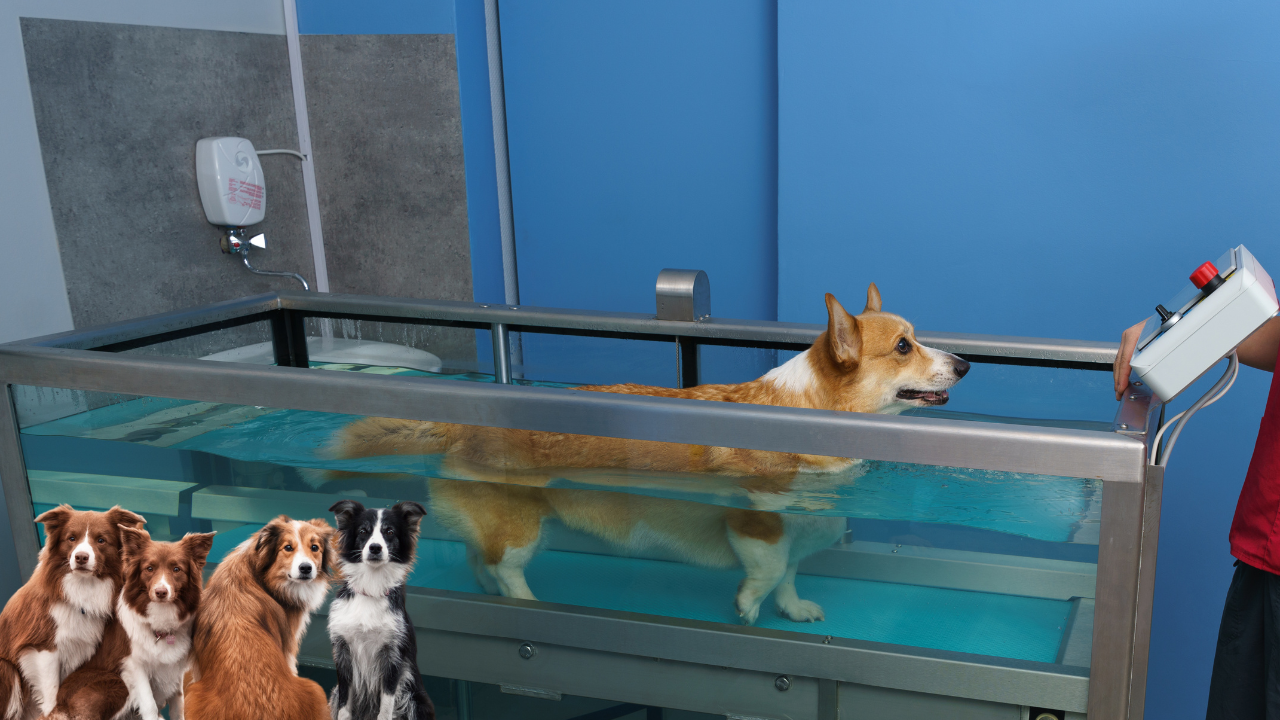Like humans, dogs can experience joint problems, especially as they age or if they have certain genetic predispositions. These issues can include arthritis, hip dysplasia, or injuries that cause chronic pain and discomfort. Maintaining their mobility and quality of life is essential, and one of the ways to do this is through regular low-impact exercises.
The Importance of Low Impact Exercise
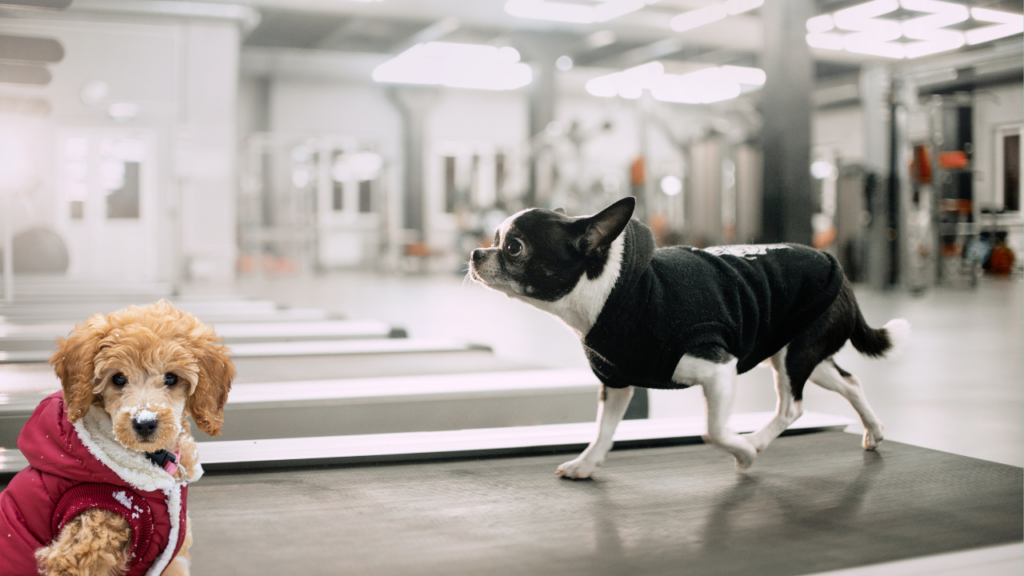
Low-impact exercises are gentle on the joints, reducing the risk of exacerbating pain or causing further injury. These activities help maintain muscle mass, improve circulation, and support joint health. For dogs with joint problems, incorporating such exercises into their routine can enhance mobility, mitigate weight gain, and improve their overall well-being. Below are 5 low impact exercises for dogs:
- Walking – Gentle walks on grass or dirt are easy on joints and great for mental stimulation.
- Swimming – A joint-friendly, full-body workout, perfect for dogs with arthritis or injuries.
- Sniffing Games – Hide treats or toys for your dog to find, combining light movement and mental engagement.
- Gentle Fetch – Use soft toys and keep throws short to minimize strain on joints.
- Treadmill Walking – A slow-paced treadmill walk is great for controlled, indoor exercise.
Consult with Your Veterinarian

Before beginning any new exercise regimen for your dog, it’s important to consult your veterinarian. They can offer tailored advice based on your dog’s specific health needs and limitations, ensuring a safe and effective exercise plan.
Swimming: A Full-Body Workout
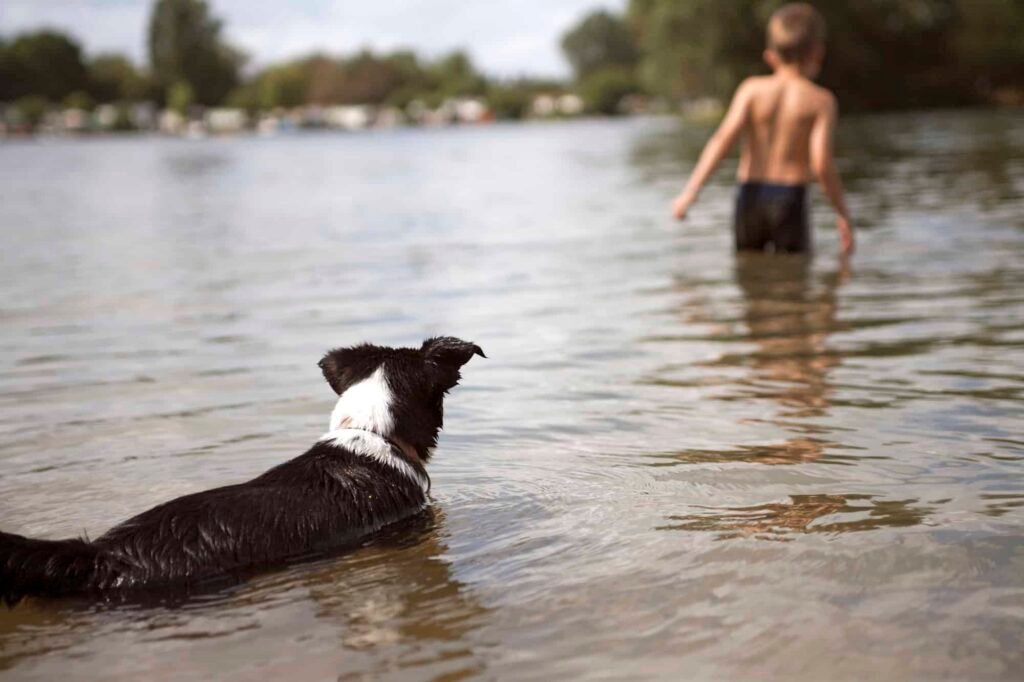
Swimming is one of the best exercises for dogs with joint problems. It provides a full-body workout without putting stress on the joints. The buoyancy of the water supports your dog’s weight while allowing them to move freely, which helps in building strength and endurance. Whether it’s a doggy pool or a dog-friendly lake, water activities can be beneficial and fun.
Walking: The Versatile Exercise
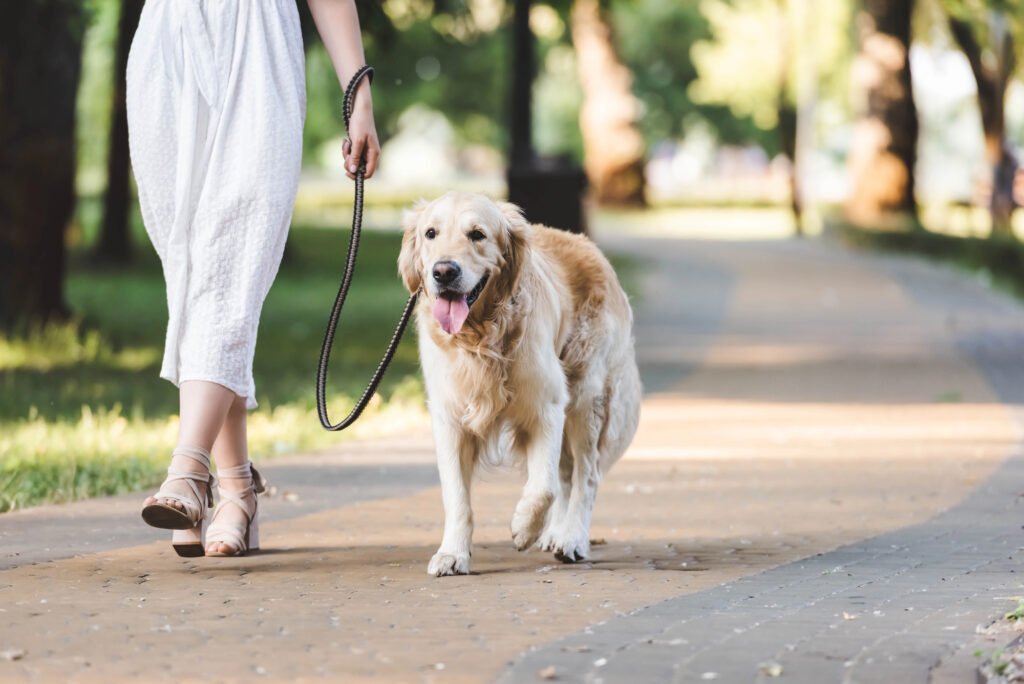
Regular walks are excellent for dogs with joint issues, as long as they’re tailored to the dog’s comfort level. Opt for shorter, slower walks rather than long hikes, and pay attention to your dog’s signals to avoid overexertion. Soft, natural surfaces such as grass are preferable to hard pavements, as they provide a gentler walking experience.
Hydrotherapy: Professional Water-Based Treatment
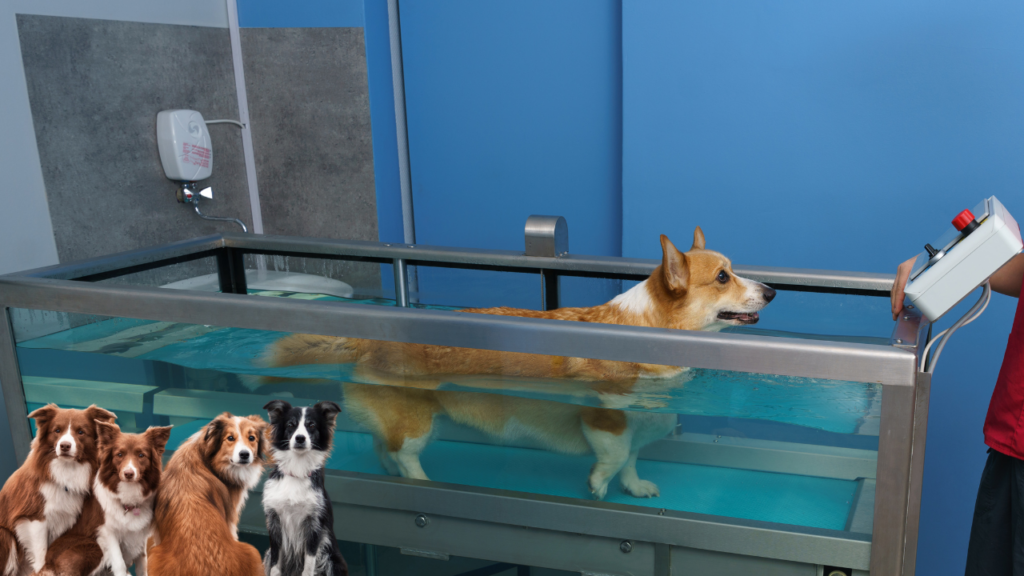
Hydrotherapy is a specialized type of aquatic exercise conducted under the supervision of trained professionals. It’s especially beneficial for dogs with severe joint problems, utilizing techniques such as underwater treadmills and resistance swimming to promote healing and pain reduction while strengthening muscles.
Gentle Fetch Games

Playing fetch doesn’t have to be a high-impact game. By using a soft toy and limiting the distance you throw it, fetch can be a controlled, low-impact exercise. It helps keep your dog’s reflexes sharp and encourages gentle movement, but it’s important to monitor for any signs of discomfort during the activity.
Low-Obstacle Agility
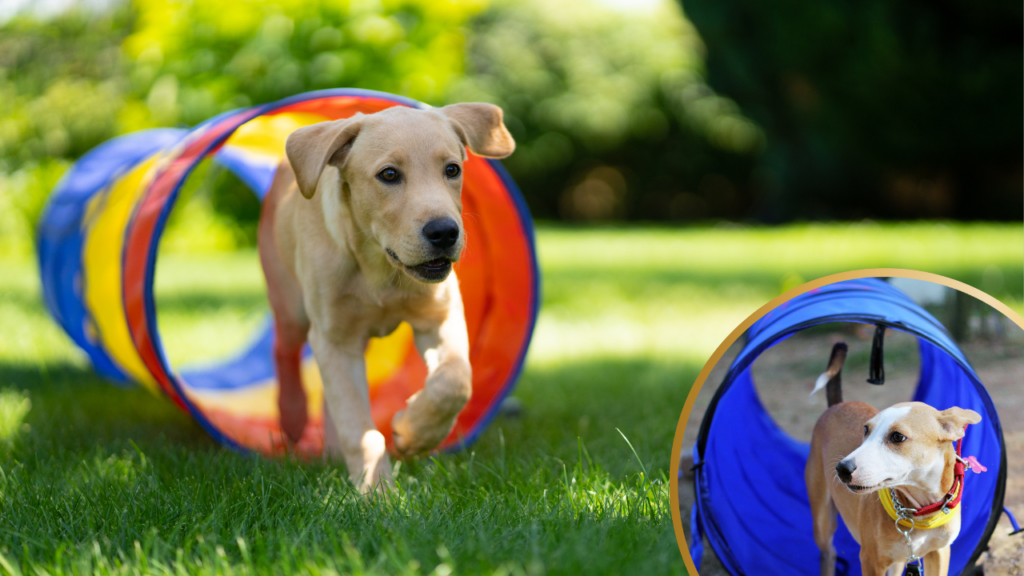
Agility courses can be modified to include low-impact obstacles, such as walking through tunnels or step-overs. These activities help keep your dog’s mind and body engaged without straining their joints. Ensure the obstacles are low enough that your dog can manage them comfortably and safely.
Range-of-Motion Exercises

Range-of-motion exercises involve gently stretching your dog’s limbs to enhance mobility. These can be very beneficial for joint health, particularly when combined with other low-impact activities. Always perform these exercises gently and consult with a veterinary physiotherapist for specific techniques suited to your dog’s needs.
Adapted Playtime

Adapting playtime activities to suit your dog’s comfort can keep them active without overstraining their joints. This might involve using interactive toys that encourage slow and steady movement or gentle tug-of-war games with soft toys, always ensuring the play remains relaxed and enjoyable.
Monitoring and Adjusting Exercise Routines
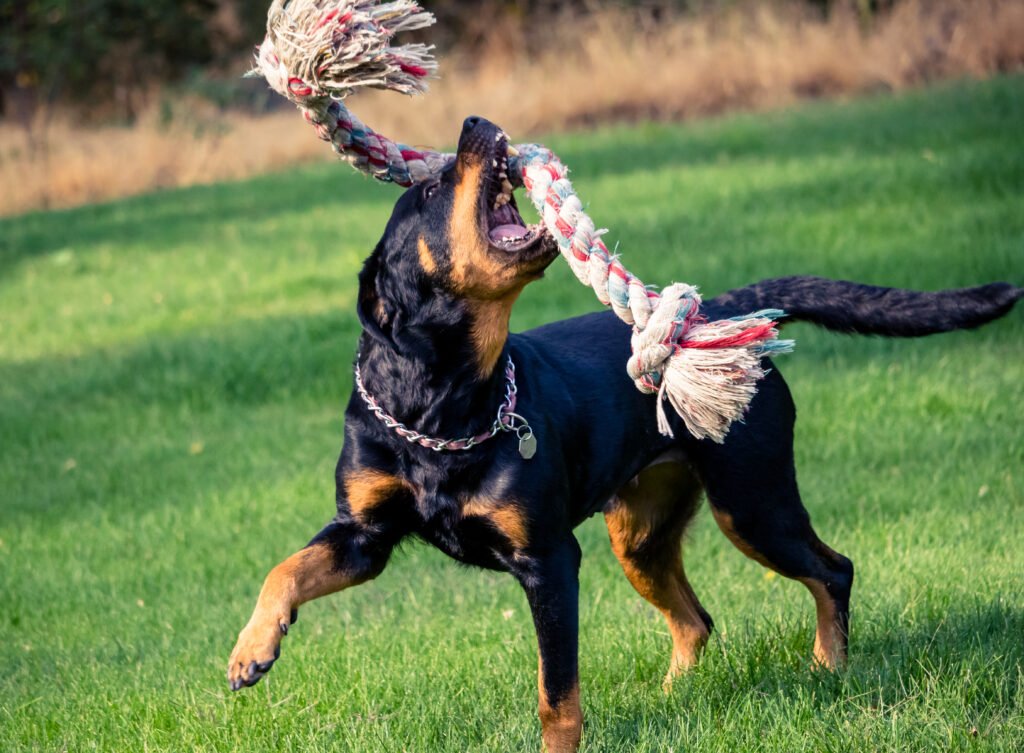
Each dog is unique, and their response to exercise will vary. It’s crucial to monitor your dog’s reactions during and after exercise. If they seem unusually tired or in pain, it may be necessary to adjust the routine. A proactive approach helps maintain their health and happiness while preventing further joint issues.
In addition to effective exercise routines, supporting your dog’s joint health involves a comprehensive approach, including proper diet, weight management, and potentially the use of supplements or medications as advised by your veterinarian. This holistic approach ensures that your dog continues to live an active and fulfilling life despite joint challenges.

Andrew Alpin from India is the Brand Manager of Doggo digest. Andrew is an experienced content specialist and social media manager with a passion for writing. His forte includes health and wellness, Travel, Animals, and Nature. A nature nomad, Andrew is obsessed with mountains and loves high-altitude trekking. He has been on several Himalayan treks in India including the Everest Base Camp in Nepal.

